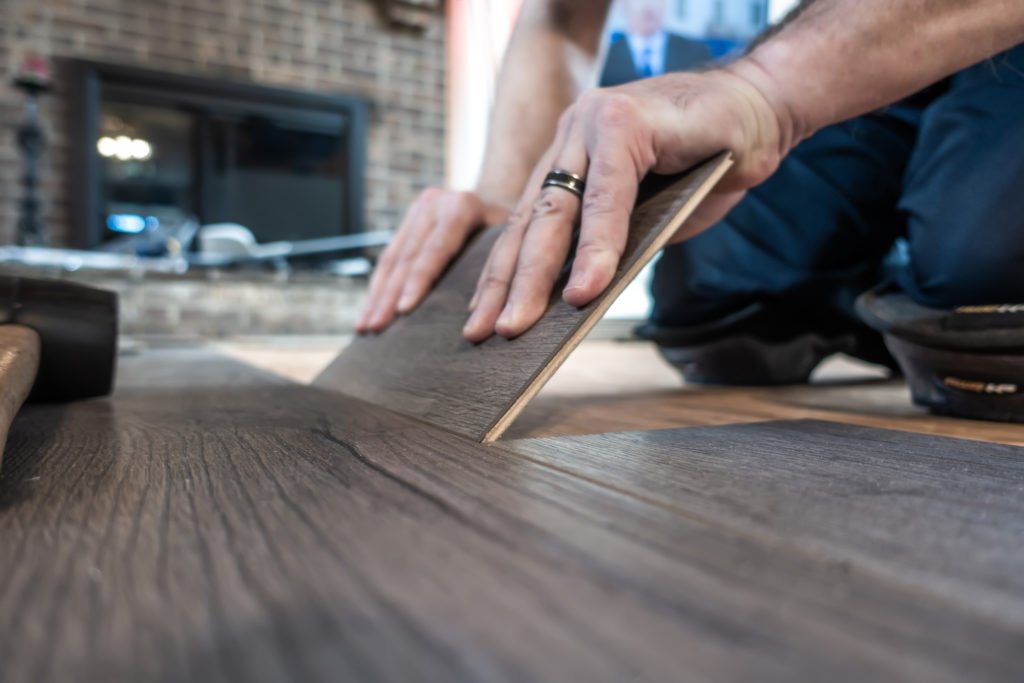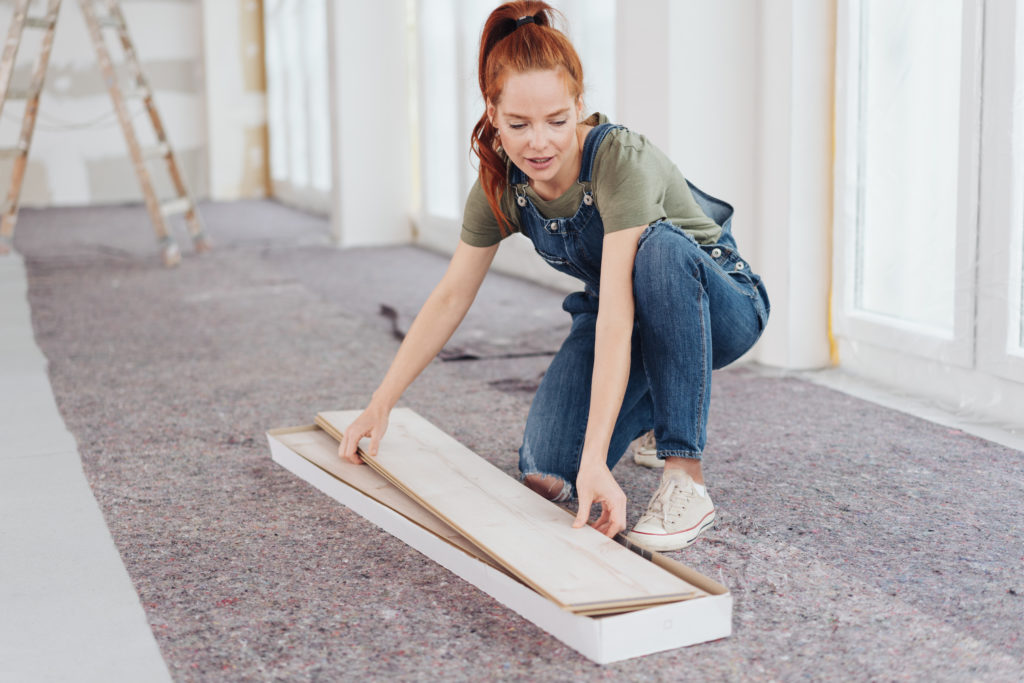Whether you’re replacing a broken floor or would like to renovate your home, undertaking a do-it-yourself (DIY) floor project might be a great idea. It’ll help you save money and allow you to personalize the project. It’ll be a great story to tell everyone who comes to your home.
As fun as a DIY flooring project may sound, you should apply specific techniques to guarantee safety and quality work. Listed below are some safety tips you should commit to when doing DIY flooring projects:
- Use Knee Pads
DIY flooring projects typically require you to get down on your knees. You may have to kneel to ensure your flooring material is securely fastened on the floor and there are no unsightly gaps. While it might sound quick and easy, it can be extremely painful for you to kneel on the hard floor for a long time. Wearing construction knee pads would be the best option to protect your knees.
Knee pads can provide a soft cushion for your knees, preventing bruises and scratches that could develop into infections. In addition, they provide extra support when kneeling on hard, uneven, and slippery floors.
As you choose the right type of knee pads, ensure they fit you comfortably, as you’ll be using them for the entire duration of your DIY flooring project. Your knees will thank you for the comfort and support compared to kneeling bare on the hard floor.
- Wear Safety Goggles
If you’re going to use cutting tools in your flooring projects, you’d better wear safety goggles. This will help prevent any small particles from getting into your eyes which could cause pain, irritation, or infection.
Some people might consider wearing a face shield to protect their entire face from dust. While it can keep dirt away, it doesn’t provide complete protection as the particles can enter through either side, compromising eye safety.
You should consider wearing safety goggles for full protection as they provide a snug fit on your face, completely shielding your eyes from possible irritants.

- Ensure Proper Ventilation
DIY flooring projects also entail the use of adhesives or chemicals to fasten the flooring material on the floor firmly and securely. Wear a safety mask to keep you from inhaling toxic fumes that may cause respiratory problems. The mask also protects you from inhaling pollutants and other airborne particles as it filters the air you breathe.
There are different kinds of masks: some are for occupational use while others are for DIY construction tasks like sanding, painting, and cutting. While they can be quite expensive, they provide adequate protection.
Aside from wearing a safety mask, you should ensure proper ventilation inside the room. This will help dissipate any foul or toxic odours quickly, allowing everyone to move back in as soon as possible.
You should try to keep the doors and windows open during the day. If you have ceiling fans inside the room, you should turn them on to encourage proper air circulation.
- Use Quality Tools
One basic way to promote safety as you do DIY flooring is to use quality tools as much as possible. While they can come expensive at first, they’re worth the investment, especially if you’re an eager handyman or DIYer. High-quality tools provide convenience, comfort, and safety.
Using poor-quality tools might hamper your productivity if they’re not easy to use or not sharp enough. Worse, they may even cause accidents if they malfunction. So, to ensure your tools are durable and appropriate for their intended use, invest in top-quality ones.
It’s also essential to practice proper tool handling to promote maximum safety inside your home. When your devices aren’t in use, you should unplug them immediately to prevent any accidents.
Furthermore, you should ensure that all power tools are grounded to avoid electrical issues as you complete your DIY project. In addition, inspect your tools periodically to ensure they’re in good working condition.
It’s also advisable to use the right tools for the task at hand. Avoid using a tool for something other than what it was intended for. When you do so, there’s a chance you might hurt yourself or damage your tools.
The Verdict
Undertaking a DIY project is challenging yet utterly satisfying in the end. So, if you’re about to take on a flooring project on your own, keep in mind the safety tips discussed in this article. After all, the success of your home improvement project hinges not only on incredible results but also on your safety and well-being.






